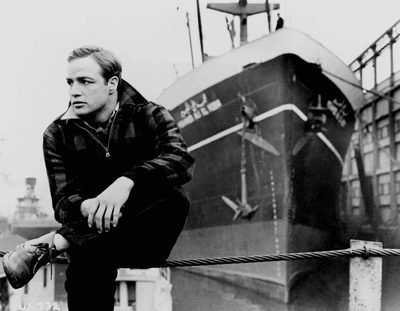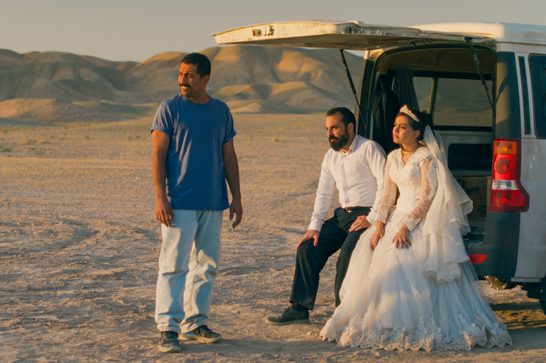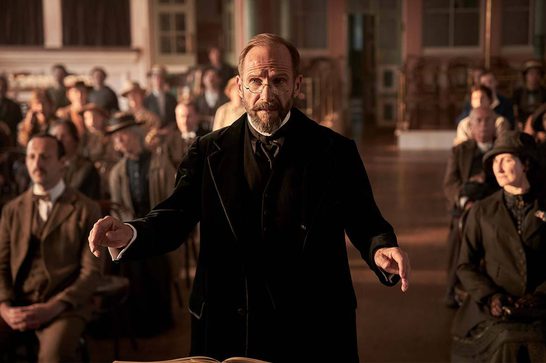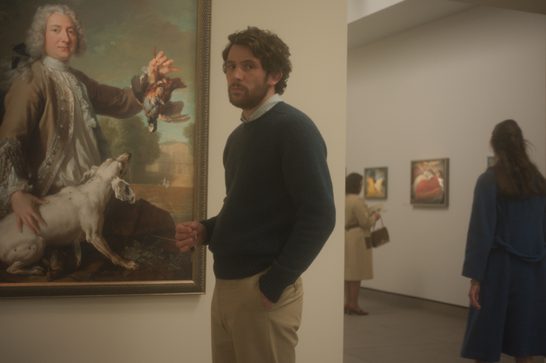News Story

Words: film academic Ed Jackson
Mention On the Waterfront, and one scene in particular comes to mind. Former boxer Terry Malloy, played by Marlon Brando, is sitting in the backseat of a taxi with his brother Charley, played by Rod Steiger. Charley suggests that Terry’s boxing career never took off because his trainer pushed him too hard, too fast. Terry responds with the following words: ‘You don't understand. I coulda had class. I coulda been a contender. I coulda been somebody, instead of a bum, which is what I am, let's face it’.
Repeating those words now, it is hard not to smile. They have become an indelible part of Hollywood mythology. So, what is the context for them? Terry is not just a former boxer. He is also a longshoreman working on the New Jersey docks, and something of an errand boy for the mob. At the head of this mob is the corrupt waterfront union leader, Johnny Friendly, played by Lee J. Cob. Charley is Johnny’s right-hand man. In the backseat of that taxi, Terry is weighing up whether or not to testify against Johnny for the racketeering and murders happening on the docks.
On the Waterfront, then, is the story of Terry’s developing moral consciousness. He goes from being an awkward hoodlum to someone who speaks truth to power. So much has already been said and written about Brando’s performance, but to rewatch On the Waterfront is to be struck once again by just how good it is. Everything from the way he chews his gum to how he sits down at a table tells us something about what is going on in Terry’s mind.
At first, Brando refused the part. Frank Sinatra had actually been cast as Terry, and had got so far as wardrobe fittings before he was replaced. Brando eventually agreed to play Terry on two conditions: that he be paid $150,000 straight up, and that he could leave at 4pm each day for his psychiatric appointment. The reason he was reluctant to take the role was because he was upset with the director, Elia Kazan. A few years prior, Kazan had testified to the House Un-American Activities Committee, or HUAC for short.
The early 1950s were the height of the Red Scare, when many Americans were gripped with paranoia about the influence of communism in the U.S. HUAC targeted the film industry in particular for ostensibly being a hotbed of communist sympathisers. Kazan’s decision to name eight of his former colleagues as communists has led many critics to interpret On the Waterfront as a celebration of informing. Terry’s heroic actions in testifying against the mob, the thinking goes, mirrors how Kazan turned against left-wing artists he had worked with in the past.
That interpretation only makes sense to some extent. After all, Johnny Friendly and his goons are profiteers. They are certainly not communists. And how much agency does Terry really have in On the Waterfront? By the end, he is manipulated by Father Barry, a local priest, as much as he was by Johnny Friendly. These ambiguities are a testament to the sophistication of Budd Schulberg’s script; a script that also contains some wonderful period specific dialogue.
Palookaville, cheese-eater, pistolero, canary, fruitcake, mug, bum, buck. All of these terms and more ground the film in early 1950s Hoboken. They also point to how On the Waterfront is something of a rarity for the time: an American film about working-class people with working-class problems. Reflecting on when he first saw it, Martin Scorsese said the characters ‘were like the people I saw every day. It was as if the world that I came from, that I knew, mattered’.
This sense of authenticity, of gritty, neo-realist toughness, is as evident today as it was when the film was first released, 70 years ago. There is a staying power to On the Waterfront. Much of that has to do with the magnetism of Brando’s performance, which he arguably never topped. But it also continues to resonate as an unapologetic social issue film, and one in which the trials and tribulations of working people take the spotlight.


